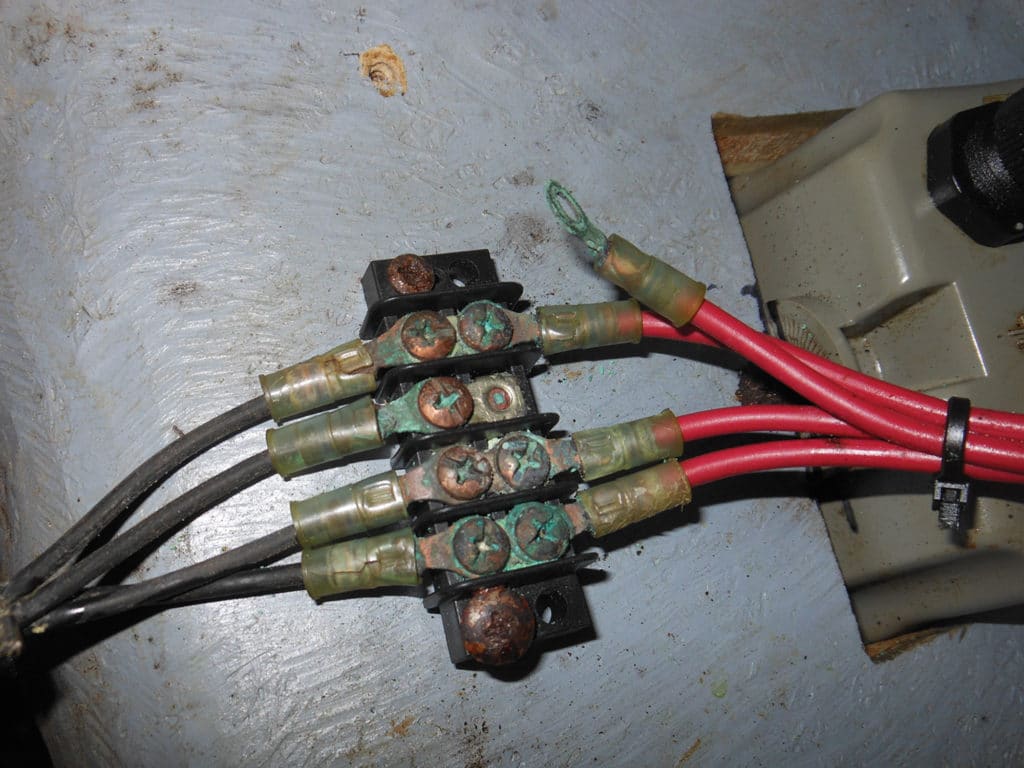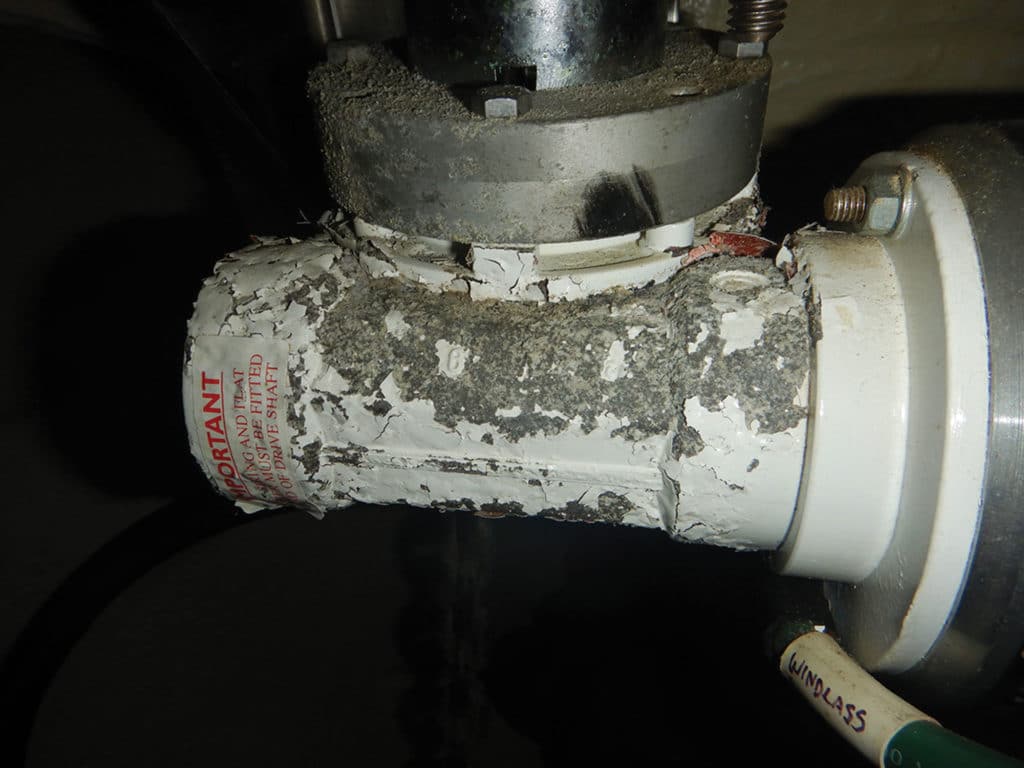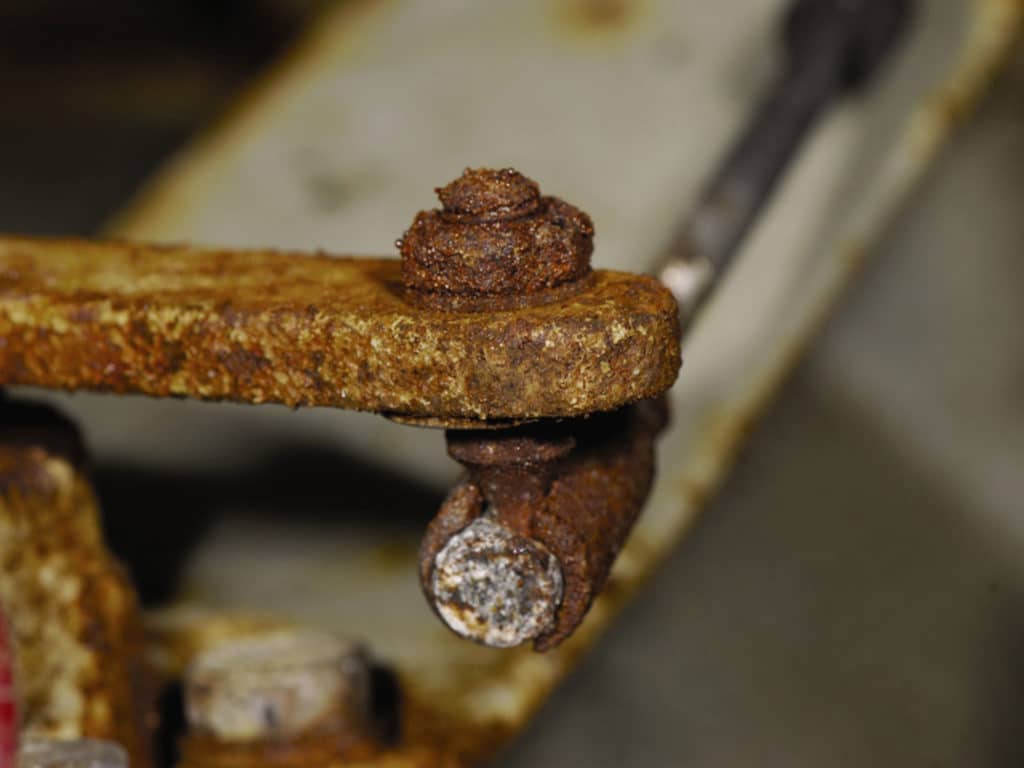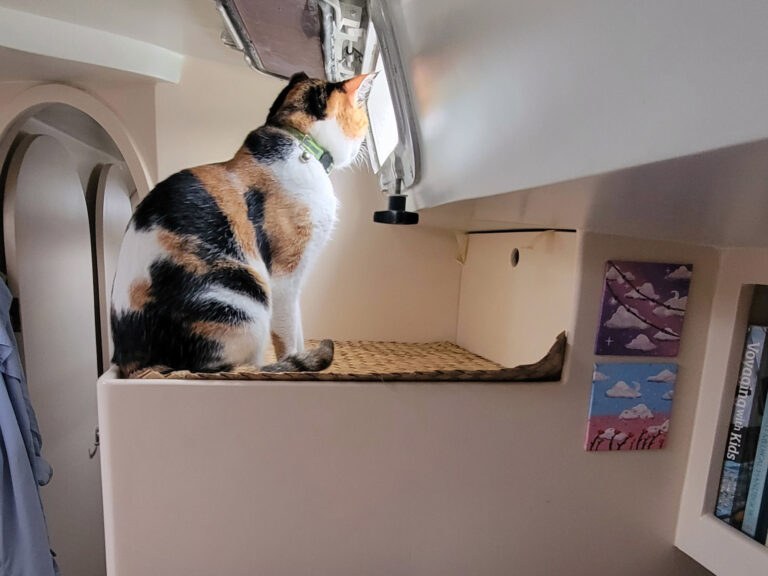
Not long ago, I recommended a corrosion-inhibiting product to a client, who replied: “I can’t keep all these sprays, pastes and liquids straight. Can you make a list of all this stuff and where I’m supposed to use it?” What a great idea!
Corrosion Inhibitors
Corrosion is a tremendous threat for metallic components and equipment. Over the years, I’ve experimented with a variety of products, and have ultimately settled on two for most corrosion-prevention tasks. In cases where corrosion resistance and light lubrication are beneficial, CRC’s 6-56 works well; it’s a light, oil-like lubricant that coats and penetrates into surfaces that might already be slightly rusted or corroded, such as shift and throttle components, motor-mount adjustment studs, and steering sheave axles. Available in an aerosol or refillable spray bottle, it’s light and can be washed or wiped off, which can be a blessing and a curse.

For more-durable corrosion protection, I turn to another CRC product called Heavy Duty Corrosion Inhibitor. This aerosol spray goes on as a viscous liquid, which then dries to a waxy, slightly tacky consistency. It has no lubrication properties; however, it has staying power and can’t be washed or wiped off, but it can be removed with mineral spirits. It’s ideally suited for coating any metal that needs corrosion protection, including fasteners, couplings, below-deck windlass motors, gear boxes and components, as well as batteries and other electrical connections.
Conductants and Dielectrics
These two items, both of which are paste or jellylike, are technically opposites, but they can often be used interchangeably. Thomas and Betts Koper Shield is a copper-loaded grease designed to improve conductivity between surfaces that are clamped together—such as ring and battery terminals—while excluding air and moisture. Because the grease can be conductive, users must be careful not to apply it to the exterior of connections where bridging with other terminals might occur. Superlube’s Silicone Dielectric Grease is an insulator rather than a conductor; however, when placed between contact surfaces, such as a ring terminal and stud, it is squeezed out of all but the actual contact areas, which once again excludes moisture and air. Because it is not conductive, external application and bridging are not an issue. Superlube is also ideally suited for lubrication of O-rings and other rubber parts, including gaskets, water and fuel-deck-fill O-rings.
Lubricants
CRC’s 6-56 has already been mentioned as a lightweight corrosion inhibitor; it’s also an excellent lubricant. And it makes sense to keep on hand as a penetrating oil that can be used to free up rusted mild-steel fasteners, as well as stainless fasteners installed in aluminum substrates. For this application, I’ve used three products, all with good results: PB Blaster, Kroil and Liquid Wrench, in no particular order of effectiveness.

Additionally, while an old-school remedy, common 20- or 30-weight motor oil, dispensed from an oil can, can be used in a variety of applications. I also keep lighter-weight oil, like transmission or hydraulic oil, in a “needle oiler”: a small bottle with a needlelike tip that can be used to dispense small measures of oil in a precise manner.
RELATED: Monthly Maintenance: Five Common Electrical Failures
The final lubricant worthy of mention is grease. While the aforementioned Superlube product is a grease, it is very light and easily wiped or washed off. A heavier, more viscous, and stickier grease is often needed for windlasses and seacocks. For such applications, I prefer Lubrimatic’s Green Marine Wheel Bearing grease; with its considerable staying power, it’s ideally suited for wet applications.
Thread Sealant
Threads are everywhere, from engines and fuel systems to raw- and potable-water plumbing. Wouldn’t it be great if one product could be used in all of these applications? Fortunately, there is one: LeakLock, made by Highside Chemical. With this product, versatile is an understatement, because it’s safe for everything from gasoline and diesel to potable water and LP gas-threaded plumbing fittings.
Steve D’Antonio offers services for boat owners and buyers through Steve D’Antonio Marine Consulting.








